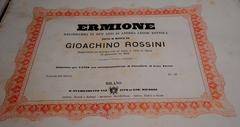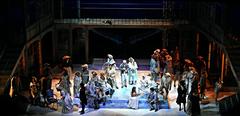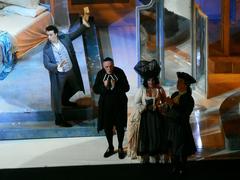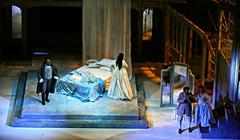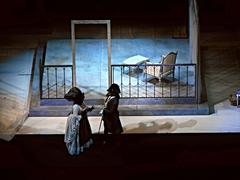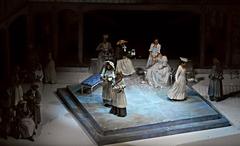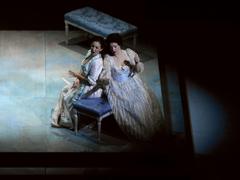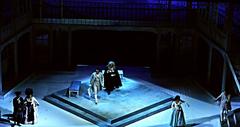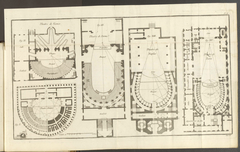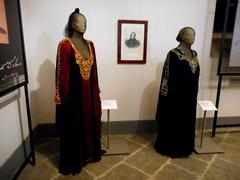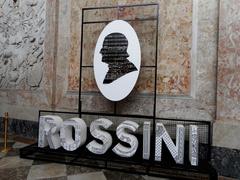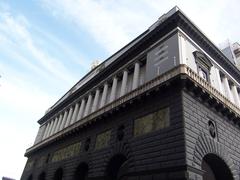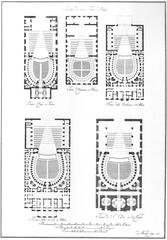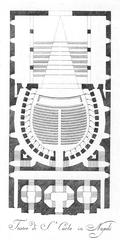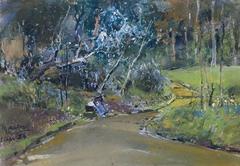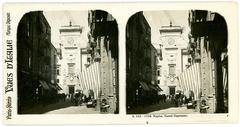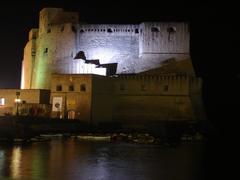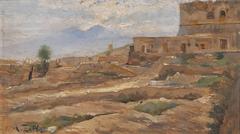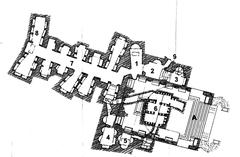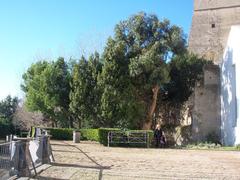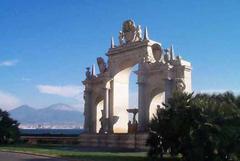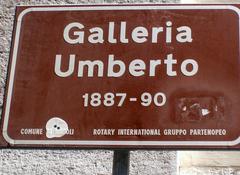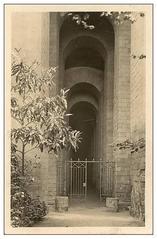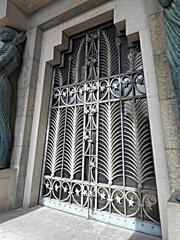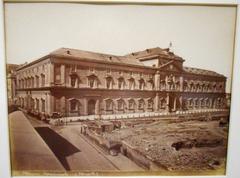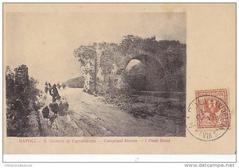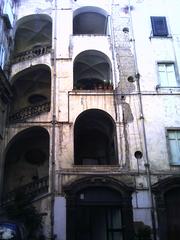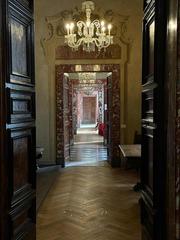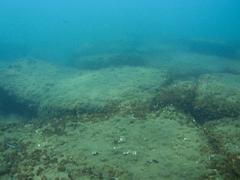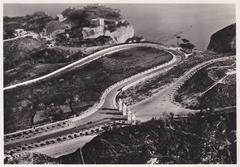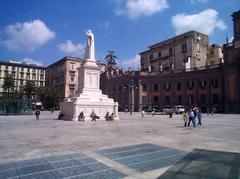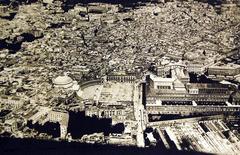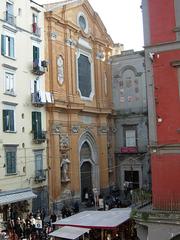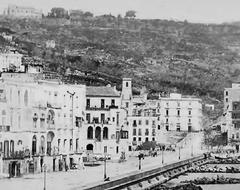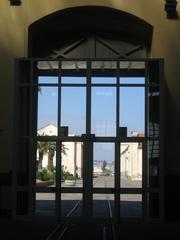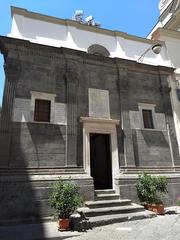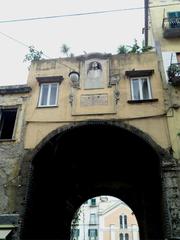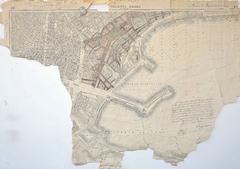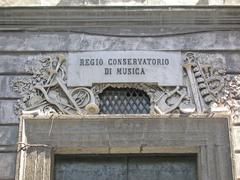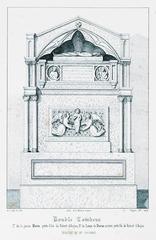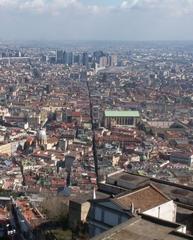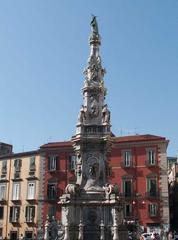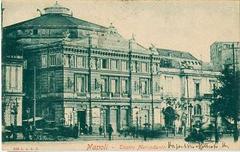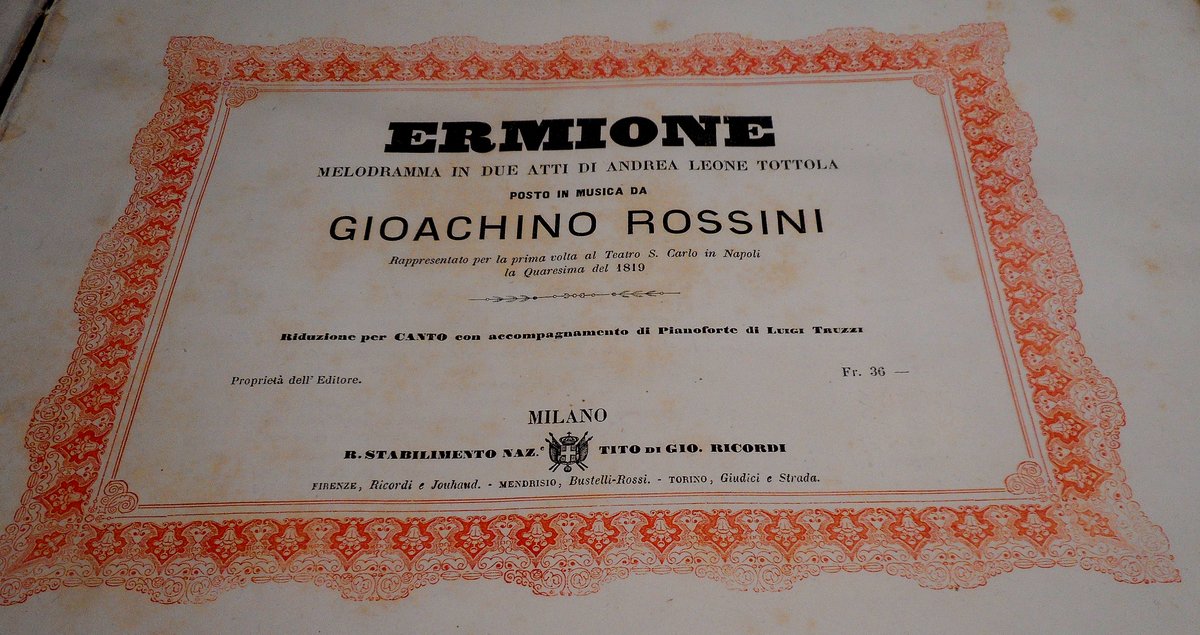
Teatro di San Carlo: Visiting Hours, Tickets, and Naples Historical Sites Guide
Date: 14/06/2025
Introduction
Nestled in the heart of Naples, the Teatro di San Carlo is a monumental symbol of European opera and Neapolitan cultural heritage. As the world’s oldest continuously operating public opera house, inaugurated in 1737, it has played a pivotal role in shaping the operatic and architectural character of the city. Commissioned by Bourbon King Charles VII, the theatre not only replaced the aging Teatro San Bartolomeo but also brought to life a new era of artistic innovation. Hosting luminaries like Rossini, Donizetti, and Verdi, and serving as a cradle for the Neapolitan School of opera, the San Carlo’s influence has reached well beyond Italy’s borders. Its legendary horseshoe-shaped auditorium is famed for both exceptional acoustics and neoclassical brilliance, preserved through centuries of careful restoration and modernization.
Conveniently located next to Naples’ iconic Piazza del Plebiscito and the Royal Palace, the Teatro di San Carlo is easily accessible and surrounded by other must-see historical sites. Whether you’re interested in attending a performance, joining a guided tour, or exploring the city’s rich history, this guide provides everything you need: from visiting hours and ticketing to architectural highlights, nearby attractions, travel tips, and answers to frequently asked questions.
For the latest information and detailed visitor resources, consult the official Teatro di San Carlo website (https://www.teatrosancarlo.it), JustNapoli, and Google Arts & Culture.
Historical Overview
Origins and Foundation
Commissioned by King Charles VII of Naples (later Charles III of Spain), the Teatro di San Carlo was inaugurated on November 4, 1737, with Domenico Sarro’s “Achille in Sciro.” Designed by Giovanni Antonio Medrano, the theatre’s construction marked Naples’ emergence as a European capital of music and art. Its horseshoe-shaped auditorium, the first of its kind, set new standards for theatre design across Europe (Study.com).
Architectural Evolution
The theatre’s original structure was the largest opera house of its era, seating over 3,000 and featuring decor in Bourbon blue and gold. After a devastating fire in 1816, architect Antonio Niccolini led a rapid and meticulous reconstruction, enhancing neoclassical elements and introducing innovations like the orchestra pit. Modern restorations—including a €67 million renovation in 2008–2009—have preserved its historic grandeur while updating essential infrastructure (Introducing Naples).
Cultural Significance
The San Carlo quickly became a focal point for the Neapolitan School of opera, attracting legendary composers and performers. It has hosted premieres by Rossini, Donizetti, and Verdi, and remains a leading venue for opera, ballet, and symphonic music, helping to define Italy’s and Europe’s musical landscape (JustNapoli).
UNESCO World Heritage Status
Teatro di San Carlo is recognized as part of the Historic Centre of Naples, a UNESCO World Heritage Site, underlining its historical and global cultural significance (Google Arts & Culture). This status ensures ongoing preservation and international recognition as a guardian of Italian and European artistic traditions.
Architectural Highlights
Exterior Design
The elegant neoclassical façade, designed by Medrano and later refined by Niccolini, features symmetrical lines, arched windows, and a central portico. Flanked by the Royal Palace and overlooking Piazza del Plebiscito, the building stands as a testament to the grandeur of 18th-century Naples (source).
Auditorium and Interior
The horseshoe-shaped auditorium accommodates approximately 1,386 spectators across six tiers, optimizing acoustics and audience engagement. Lavish crimson velvet, gilded stucco, and a central fresco by Giuseppe Cammarano adorn the space, with the royal box serving as a focal point of opulence (source).
Stage and Technical Innovations
With a stage measuring 34 meters wide and 33 meters deep, the theatre accommodates complex productions. Notable recent innovations include the “Shiwa Shiwa” scenography for Verdi’s “Simon Boccanegra,” designed by Kengo Kuma with sustainable materials and contemporary flair (Architecture Lab).
Artistic Details and Acoustics
The auditorium’s design and materials—wood, gilded stucco, and plush textiles—provide exceptional acoustics. Decorative motifs, chandeliers, and mythological frescoes reinforce its identity as a temple of the arts (source).
Visitor Information
Location
Via San Carlo, 98/F, 80132 Naples, Italy. Situated in the city center, adjacent to Piazza del Plebiscito and the Royal Palace.
Getting There
- Metro: Municipio (Line 1) is the nearest station.
- Bus: Multiple lines serve Piazza del Plebiscito.
- On Foot: Central location makes it accessible from major city landmarks.
Visiting Hours
- Guided Tours: Typically Tuesday–Sunday, 9:00 AM–5:00 PM (last entry varies).
- Performances: Evening and weekend times vary by production.
- Box Office: Check the official website for seasonal schedules and any holiday closures.
Tickets and Booking
- Tour Tickets: Around €10–€15, with discounts for students, seniors, and groups.
- Performance Tickets: Vary by show, production, and seating; advance booking recommended.
- How to Buy: Purchase online at the official Teatro di San Carlo website, at the box office, or via authorized partners.
Accessibility
- Wheelchair access, ramps, and elevators to most public areas.
- Designated seating and assistance available upon request.
- It is advisable to contact the box office in advance for specific needs.
Guided Tours
- Offered in multiple languages, tours last 1–2 hours and cover the auditorium, royal box, stage, and backstage.
- Advance booking is recommended, especially during tourist seasons.
Photography
- Allowed during tours (without flash or tripods).
- Prohibited during performances.
Visitor Experience and Top Tips
- Best Times to Visit: Weekdays, mornings, or late afternoons during spring or autumn for fewer crowds.
- Dress Code: Casual for tours; smart-casual or formal for performances.
- Facilities: Restrooms and a gift shop are on-site; nearby cafes and restaurants available.
- Duration: Plan for 1.5–2 hours for a guided tour or longer if attending a performance.
Nearby Attractions
- Piazza del Plebiscito: Naples’ main square, just outside the theatre.
- Royal Palace of Naples: Adjacent, offering art and historical tours.
- Galleria Umberto I: Stunning shopping arcade within walking distance.
- Castel Nuovo: Medieval castle nearby.
- Naples National Archaeological Museum: Short taxi or metro ride away.
- Spaccanapoli: Historic street in the heart of old Naples.
Special Events and Contemporary Design
The theatre regularly hosts special events, masterclasses, and innovative scenic designs, such as the recent “Shiwa Shiwa” installation for Verdi’s “Simon Boccanegra” by Kengo Kuma (Architecture Lab). These highlight the venue’s commitment to blending tradition with contemporary vision.
Frequently Asked Questions (FAQ)
Q: What are the Teatro di San Carlo’s opening hours?
A: Guided tours generally run Tuesday–Sunday, 9:00 AM–5:00 PM. Performance times vary; check the official website for details.
Q: How can I buy tickets?
A: Tickets are available online, at the box office, or through authorized vendors. Advance booking is strongly recommended.
Q: Is the theatre accessible for visitors with disabilities?
A: Yes, with ramps, elevators, and assistance. Notify the box office in advance for specific needs.
Q: Are guided tours offered?
A: Yes, daily in multiple languages; advance reservation is advised.
Q: Can I take photos inside the theatre?
A: Photography is allowed during guided tours without flash; it is not permitted during performances.
Practical Tips for Your Visit
- Arrive early to enjoy the theatre’s façade and nearby squares.
- Wear comfortable shoes for walking in the historic center.
- Check schedules for performances and guided tours before your visit.
- Respect theatre rules on photography and conduct.
- Explore nearby attractions to make the most of your time in Naples.
Visual and Interactive Resources
Enhance your visit by exploring virtual tours and photo galleries on the official website and cultural platforms such as Google Arts & Culture.
Related Reading
- Visiting Teatro di San Carlo: History, Tickets, and Naples Historical Sites
- Study.com: Teatro di San Carlo – Architecture & History
- Introducing Naples: Teatro di San Carlo Overview
- Kengo Kuma’s “Shiwa Shiwa” Scenography, 2024
Conclusion
The Teatro di San Carlo is an unrivaled cultural treasure—celebrated for its architectural splendor, historic legacy, and ongoing commitment to the performing arts. Its central location, accessible facilities, and curated visitor experiences make it an essential stop for anyone exploring Naples. Advance planning, ticket booking, and combining your visit with other nearby historical sites will ensure a seamless and memorable experience.
For the most current information on visiting hours, ticketing, and upcoming events, visit the official Teatro di San Carlo website. Stay informed by following related cultural platforms, and consider downloading the Audiala app for exclusive updates, maps, and insider tips for your Naples adventure.
Teatro di San Carlo is more than a theatre—it is a living monument to music, history, and the enduring soul of Naples.
Sources and Further Reading
- Official Teatro di San Carlo Website
- JustNapoli – The Teatro San Carlo: A Temple of Opera and Music
- Google Arts & Culture: Teatro di San Carlo
- Study.com: Teatro di San Carlo – Architecture & History
- Introducing Naples: Teatro di San Carlo Overview
- Architecture Lab: Kengo Kuma’s “Shiwa Shiwa” Scenography
- Marble – Notre Dame: Teatro di San Carlo
